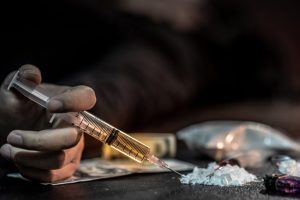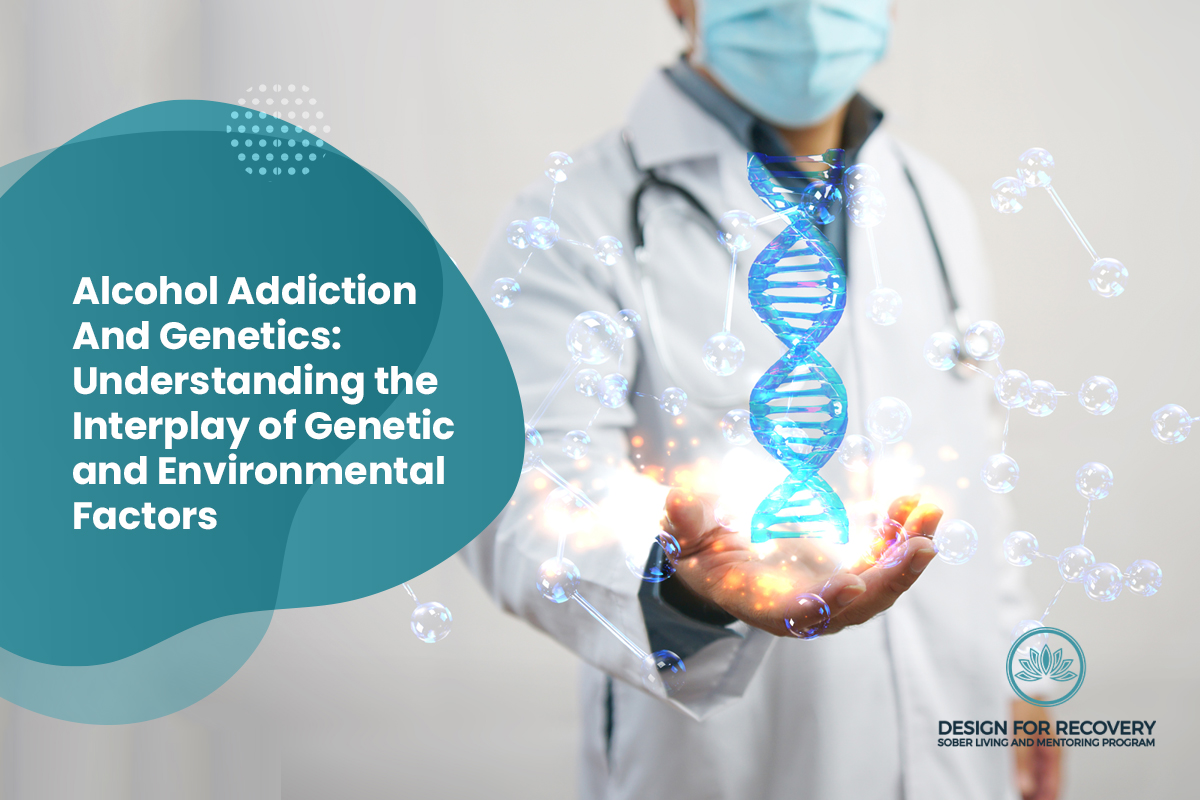Substance abuse can lead to other, more violent methods of self-harm. As the mental impact of substance abuse escalates, the resulting by-products like paranoia, anxiety, depression, drastic mood changes, or emotional instability lead many addicts to self-harm. Learn more about substance abuse and self harm.
However, substance abuse can lead to other, more violent methods of self-harm. As the mental impact of substance abuse escalates, the resulting by-products—like paranoia, anxiety, depression, drastic mood changes, or emotional instability—lead many addicts to self-harm. That is, inflicting physical pain on themselves as a distraction from underlying mental and emotional hell.
On This Page:
What is Self-Harm?
According to the Mayo Clinic self-harm is defined as:
The act of deliberately harming your own body, such as cutting or burning yourself. It’s typically not meant as a suicide attempt. Rather, this type of self-injury is a harmful way to cope with emotional pain, intense anger and frustration.
While self-injury may bring a momentary sense of calm and a release of tension, it’s usually followed by guilt and shame and the return of painful emotions. Although life-threatening injuries are usually not intended, with self-injury comes the possibility of more-serious and even fatal self-aggressive actions.
The National Alliance on Mental Illness (NAMI) elaborates:
Self-harm is not a mental illness, but a behavior that indicates a lack of coping skills. Several illnesses are associated with it, including borderline personality disorder, depression, eating disorders, anxiety or posttraumatic distress disorder. Self-harm occurs most often during the teenage and young adult years, though it can also happen later in life. Those at the most risk are people who have experienced trauma, neglect or abuse.
For instance, if a person grew up in an unstable family, it might have become a coping mechanism. If a person binge drinks or does drugs, he is also at greater risk of self-injury, because alcohol and drugs lower self-control. The urge to hurt yourself may start with overwhelming anger, frustration or pain. When a person is not sure how to deal with emotions, or learned as a child to hide emotions, self-harm may feel like a release. Sometimes, injuring yourself stimulates the body’s endorphins or pain-killing hormones, thus raising their mood.
Or if a person doesn’t feel many emotions, he might cause himself pain in order to feel something “real” to replace emotional numbness. Once a person injures herself, she may experience shame and guilt. If the shame leads to intense negative feelings, that person may hurt herself again. The behavior can thus become a dangerous cycle and a long-time habit. Some people even create rituals around it.
Symptoms of self-harm include:
- Scars, often in patterns
- Fresh cuts, scratches, bruises, bite marks or other wounds
- Excessive rubbing of an area to create a burn
- Keeping sharp objects on hand
- Wearing long sleeves or long pants, even in hot weather
- Frequent reports of accidental injury
- Difficulties in interpersonal relationships
- Behavioral and emotional instability, impulsivity and unpredictability
- Statements of helplessness, hopelessness or worthlessness
Methods of Self-Harm
According to Mental Health America (MHA), the most common methods of self-harm are skin cutting (70-90%), head banging or hitting (21-44%), and burning (15-35%). Other methods include excessive scratching to the point of drawing blood, punching self or objects, drinking something harmful, and purposefully breaking bones.
Self-Harm Prevalence
According to MHA:
Research indicates that self-injury occurs in approximately as many as 4% of adults in the United States. Rates are higher among adolescents, who seem to be at an increased risk for self-injury, with approximately 15% of teens reporting some form of self-injury. Studies show an even higher risk for self-injury among college students, with rates ranging from 17%-35%
Self-Harm and Addiction
According to the Recovery Foundations Network, “One such outlet that a person suffering from self-harm may explore is substance abuse. A study out of Oxford found that approximately 8.7 percent of people presenting with deliberate self-harm also abused drugs.”
Alcohol and drugs also deplete dopamine levels in the brain, exacerbating symptoms of depression, anxiety, or bipolar disorder. This can, in turn, increase the desire to self-harm.
Foundations Recovery Network adds:
Drugs and alcohol can slow reaction times and decrease nerve endings, making self-injuring behaviors very perilous while under the influence. For example, someone who cuts may cut too deep, causing serious or even fatal wounds before realizing the depth or severity. Alcohol and drugs can also exacerbate feelings of depression and anxiety, leading to more severe methods of injurious behavior even including suicide.
Help For Substance Abuse And Self Harm
The first step in getting help for self-harm is a proper diagnosis. NAMI recommends incorporating psychotherapy into any treatment plan. A doctor may also prescribe medication to treat any underlying mental illness.
According to NAMI, several different kinds of therapy can help. This may include:
- Psychodynamic therapy focuses on exploring past experiences and emotions
- Cognitive behavioral therapy focuses on recognizing negative thought patterns and increasing coping skills
- Dialectical behavioral therapy can help a person learn positive coping methods
Take control of your life and join Design For Recovery sober living homes to battle your addiction!
Sources:
MedlinePlus. (2023, October 17). Self-Harm. MedlinePlus. https://medlineplus.gov/selfharm.html.
Klonsky, E. D. (2014, November). Nonsuicidal Self-Injury: What We Know, and What We Need to Know. National Library of Medicine. https://www.ncbi.nlm.nih.gov/pmc/articles/PMC4244874/.
Xiao, Q. (2022, August 10). Global prevalence and characteristics of non-suicidal self-injury between 2010 and 2021 among a non-clinical sample of adolescents: A meta-analysis. National Library of Medicine. https://www.ncbi.nlm.nih.gov/pmc/articles/PMC9399519/.
Substance Abuse and Mental Health Services Administration. (n.d.). What is Self-Harm? SAMHSA. https://www.samhsa.gov/mental-health/self-harm.
https://www.mayoclinic.org/diseases-conditions/self-injury/symptoms-causes/syc-20350950
https://www.mentalhealthamerica.net/self-injury
https://www.newbeginningsdrugrehab.org/resources/self-harm-and-addiction/
Share this :
Resources on Substance Abuse

























